mindofmetal
Recruit
- 1
- May 28, 2020
Hey good afternoon everyone. I was given these propellers by my brother some years ago and know absolutely nothing about them. The props have several markings around the outer edge but they are faint and hard to capture on camera. I will gladly try and get more detailed/specific photos if need be. One propeller is 50 inches and the other is 49.5. I was able to make out an anchor stamp with a US that led me to believe these were from a Navy plane.
My questions are:
When were these made?
What did they come off of?
How much are they worth?
I thank you in advance for your knowledge and input. I look forward to reading the responses. Hope y'all have a great day.
-Dave
My questions are:
When were these made?
What did they come off of?
How much are they worth?
I thank you in advance for your knowledge and input. I look forward to reading the responses. Hope y'all have a great day.
-Dave
Attachments
-
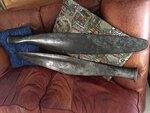 E25ACED0-B280-4BB6-B8F9-E599E965E945.jpeg1.6 MB · Views: 95
E25ACED0-B280-4BB6-B8F9-E599E965E945.jpeg1.6 MB · Views: 95 -
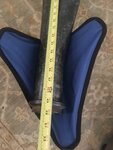 AE4CF782-0407-4F13-A8E6-F891C7819CD7.jpeg1.3 MB · Views: 89
AE4CF782-0407-4F13-A8E6-F891C7819CD7.jpeg1.3 MB · Views: 89 -
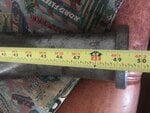 BE0D0EDA-39DC-451F-98BF-712AF982E09A.jpeg1.5 MB · Views: 81
BE0D0EDA-39DC-451F-98BF-712AF982E09A.jpeg1.5 MB · Views: 81 -
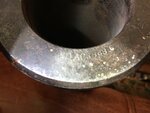 2246D3B2-19D6-4F1C-855A-702BAE3B1B49.jpeg970.6 KB · Views: 84
2246D3B2-19D6-4F1C-855A-702BAE3B1B49.jpeg970.6 KB · Views: 84 -
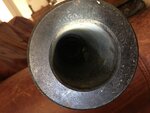 D1096634-CA64-4BE9-8E39-63531F513E2C.jpeg1.1 MB · Views: 89
D1096634-CA64-4BE9-8E39-63531F513E2C.jpeg1.1 MB · Views: 89 -
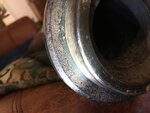 8C76B4ED-605D-4B56-8F2B-FD2F731B6426.jpeg1 MB · Views: 78
8C76B4ED-605D-4B56-8F2B-FD2F731B6426.jpeg1 MB · Views: 78 -
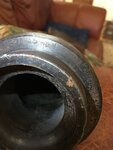 2C28D358-81F7-4FA3-8500-CF15FF73C979.jpeg1.2 MB · Views: 83
2C28D358-81F7-4FA3-8500-CF15FF73C979.jpeg1.2 MB · Views: 83 -
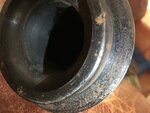 1E514E4F-02FE-4399-BAFD-2EEA9192D8B5.jpeg1.2 MB · Views: 75
1E514E4F-02FE-4399-BAFD-2EEA9192D8B5.jpeg1.2 MB · Views: 75 -
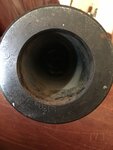 45590B02-85BD-42B8-AD39-2121B1240C2C.jpeg1.2 MB · Views: 67
45590B02-85BD-42B8-AD39-2121B1240C2C.jpeg1.2 MB · Views: 67 -
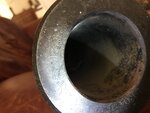 D9E4C6E3-3348-4042-AAEF-456E7381FDFD.jpeg1.1 MB · Views: 73
D9E4C6E3-3348-4042-AAEF-456E7381FDFD.jpeg1.1 MB · Views: 73
